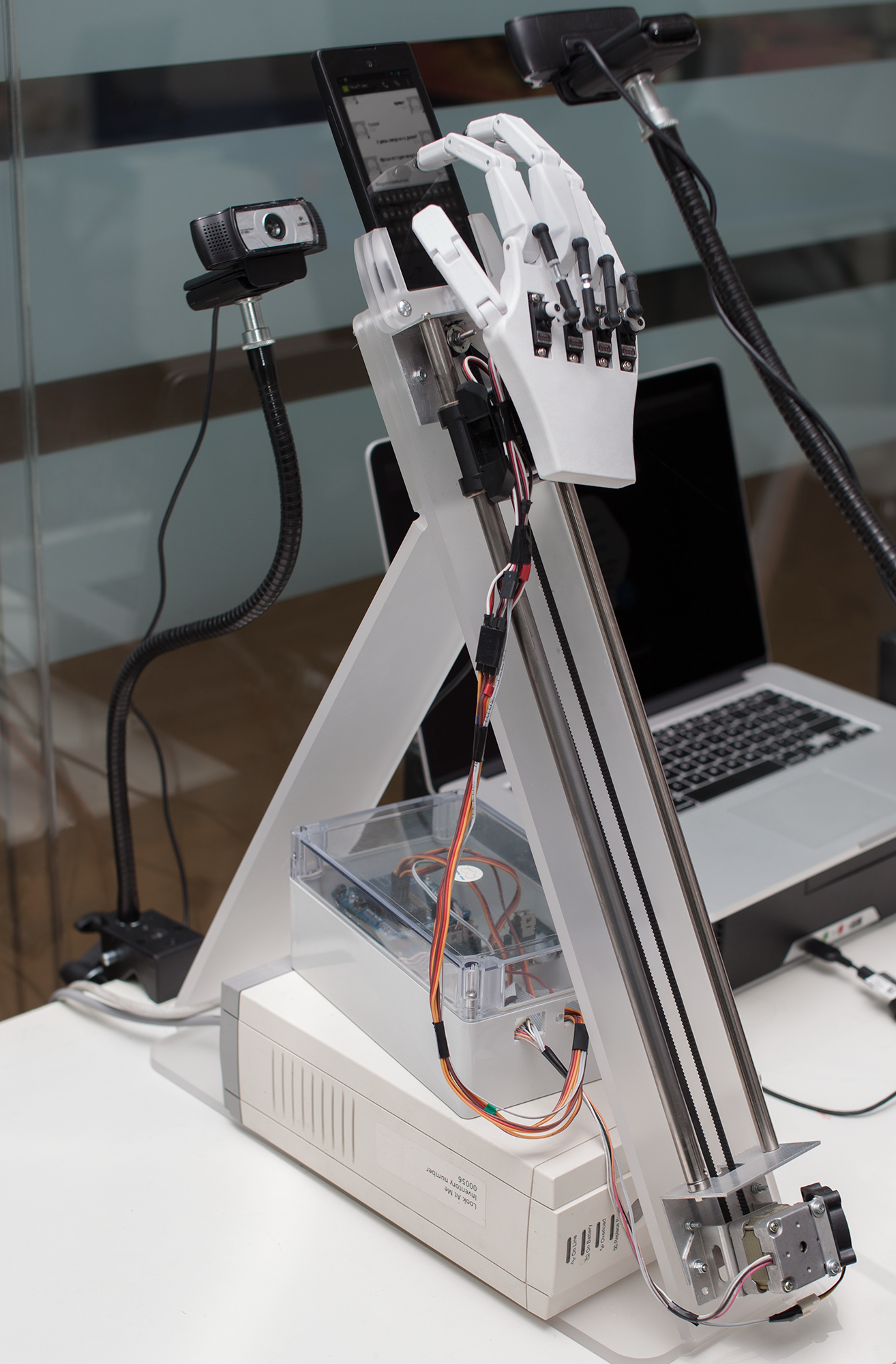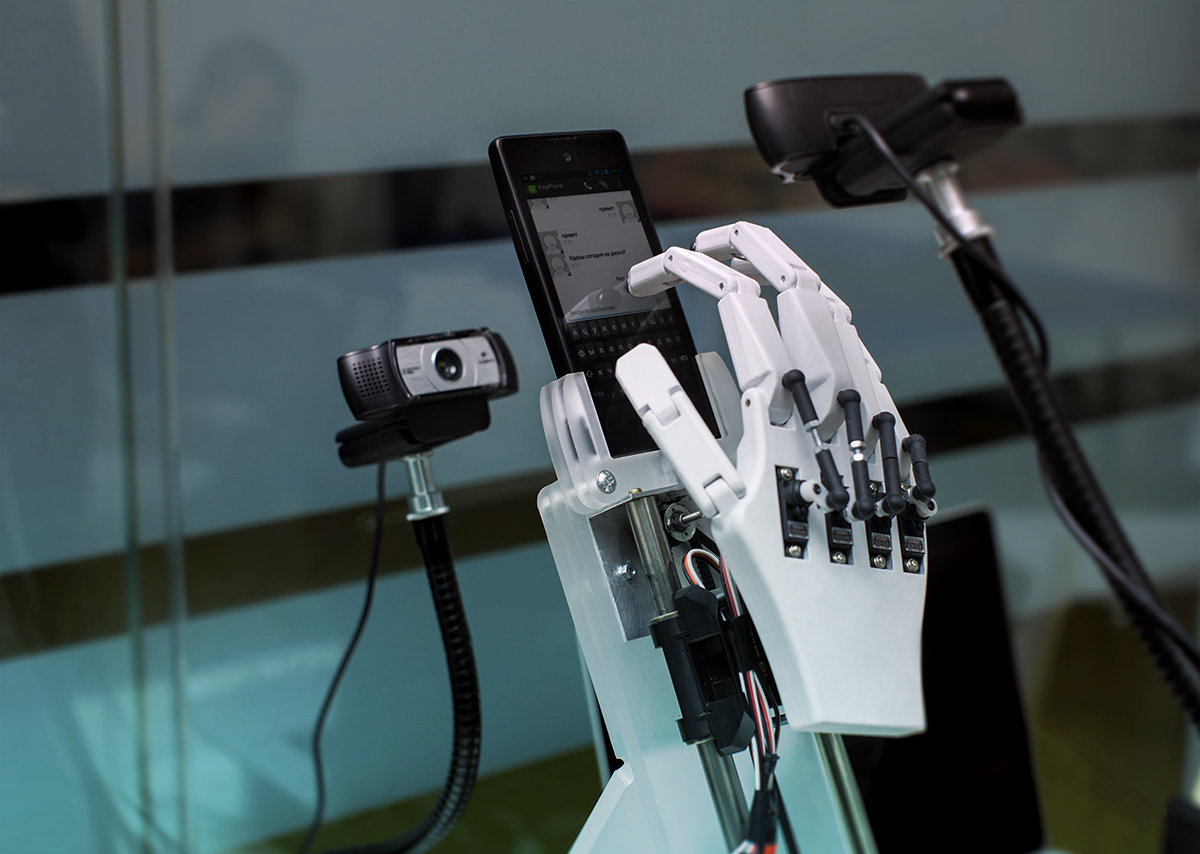Yota Devices, a private international smartphone manufacturer, and the Russian media company Look At Media have launched a series of state-of-the-art experiments that center around multi-user testing of the company’s latest innovative product— a dual-screen YotaPhone. The idea behind the project is to let potential customers try the key features of YotaPhone without leaving home and going to the brick-and-mortar retail store—a computer connected to the Internet is all they need for the test.
“We’ve developed a smartphone that is genuinely different from most of other similar offerings, so we wanted to highlight its unique possibilities. Most people already know that YotaPhone has two screens, but they still keep on asking why a smartphone would need the second screen,” says Vlad Martynov, Chief Executive Officer, Yota Devices Ltd. “To satisfy consumers’ curiosity and show the power of our new device, we’ve teamed up with Look At Me to develop this project for audience of this webiste.”
The YotaPhone test, called “The Lab,” is a 24/7 experiment that will be taking place live and online for 30 days. The actions within the experiment are performed by a specially designed robotic hand, which is manipulated by the Look At Me audience online through a web-interface. Two cameras installed in the lab room are capturing the action round the clock. Look At Media commissioned the Hello Computers to program the 3D-printed hand to carry out these tasks.
The project is rolling out on a dedicated microsite on the Look At Me platform that features an interactive screenglide widget, which allows to watch the tests live, see the current state of the smartphone as well as the current stage of the experiment. Additional tabs include information on the upcoming or finished experiments and the detailed description of the project.
Participation in the testing sessions doesn’t require much effort—users are just telling the robot what to do. The robot recreates users’ tasks one by one—participants can also see when exactly the action they have requested will be performed by the robot online. Each of such tasks gets a unique link that is sent to a user’s email on request.
The Look At Me audience are invited to test the key characteristics of the smartphone by participating in the three experiments:
1. Visualize messages on the second screen. YotaPhone visualizes marker words from message by turning them into stickers on the second screen. As part of the experiment, the robotic hand types messages sent in by users, and YotaPhone assigns a related sticker to it. Each participant can suggest his or her own version of a sticker—in the final state of the experiment, the data will be sent to Yota Devices for improving YotaPhone’s OS.
2. Customize the second screen. The audience is invited to create a wallpaper picture for the second screen of the device, choosing the image and widgets, and featuring them in the smartphone’s interface. After this, the robotic hand recreates the suggested pattern on YotaPhone’s main screen and sends it to the second screen with the put2back signature gesture.
3. Test the YotaPhone battery and the e-ink technology. The goal of the final experiment is to find out how many pages of War and Peace by Leo Tolstoy the robot will manage to read before the battery runs out (the average reading speed is one pages per 20 seconds). Users can watch the progress of the experiment, read the book with the robot and adjust lighting in the lab room for a comfortable reading experience throughout the day.

